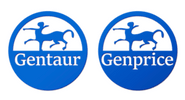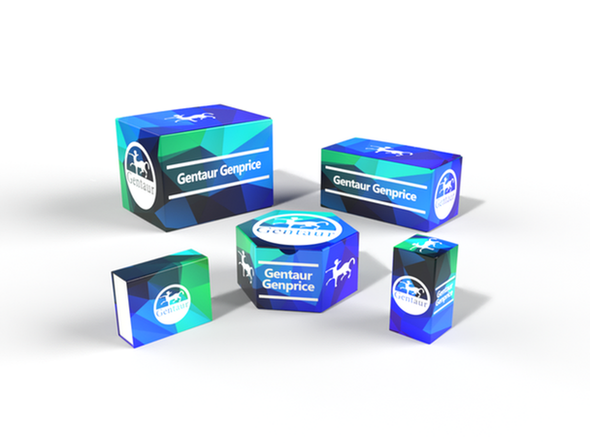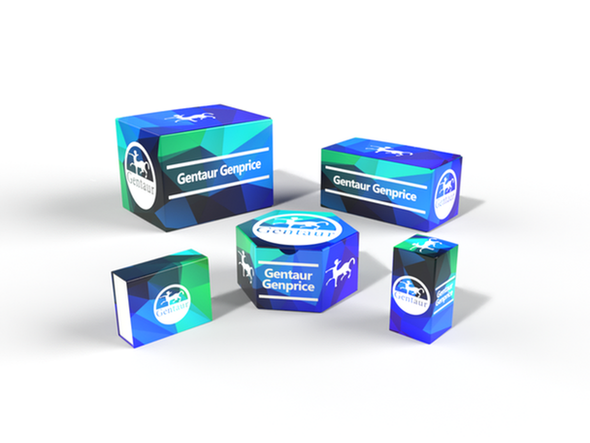Description
ARH Antibody | 63-341 | Gentaur UK, US & Europe Distribution
Host: Rabbit
Reactivity: Human
Homology: N/A
Immunogen: This ARH (LDLRAP1) antibody is generated from rabbits immunized with a KLH conjugated synthetic peptide between 277-306 amino acids from the C-terminal region of human ARH (LDLRAP1) .
Research Area: Obesity, Signal Transduction
Tested Application: WB, IHC-P
Application: For WB starting dilution is: 1:1000
For IHC-P starting dilution is: 1:10~50
Specificiy: N/A
Positive Control 1: N/A
Positive Control 2: N/A
Positive Control 3: N/A
Positive Control 4: N/A
Positive Control 5: N/A
Positive Control 6: N/A
Molecular Weight: 34 kDa
Validation: N/A
Isoform: N/A
Purification: This antibody is prepared by Saturated Ammonium Sulfate (SAS) precipitation followed by dialysis
Clonality: Polyclonal
Clone: N/A
Isotype: Rabbit Ig
Conjugate: Unconjugated
Physical State: Liquid
Buffer: Supplied in PBS with 0.09% (W/V) sodium azide.
Concentration: batch dependent
Storage Condition: Store at 4˚C for three months and -20˚C, stable for up to one year. As with all antibodies care should be taken to avoid repeated freeze thaw cycles. Antibodies should not be exposed to prolonged high temperatures.
Alternate Name: Low density lipoprotein receptor adapter protein 1, Autosomal recessive hypercholesterolemia protein, LDLRAP1, ARH
User Note: Optimal dilutions for each application to be determined by the researcher.
BACKGROUND: LDLRAP1 is a cytosolic protein which contains a phosphotyrosine binding (PTD) domain. The PTD domain has been found to interact with the cytoplasmic tail of the LDL receptor. This adapter protein is required for efficient endocytosis of the LDL receptor (LDLR) in polarized cells such as hepatocytes and lymphocytes, but not in non-polarized cells (fibroblasts) . LDLRAP1 may be required for LDL binding and internalization but not for receptor clustering in coated pits. This protein may facilitate the endocytocis of LDLR and LDLR-LDL complexes from coated pits by stabilizing the interaction between the receptor and the structural components of the pits, and may also be involved in the internalization of other LDLR family members. Mutations in the LDLRAP1 gene lead to LDL receptor malfunction and cause the disorder autosomal recessive hypercholesterolaemia.



![ARHE Antibody (Center) [APR06007G] ARHE Antibody (Center) [APR06007G]](https://cdn11.bigcommerce.com/s-1rdwiq712m/images/stencil/590x590/products/59210/59514/gentaur-genprice__26005.1661610467__29809.1661628092__75433.1661676199__77988.1661684280__64362.1661692443__89417.1661856011.png?c=1)






